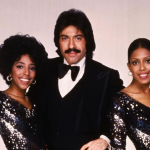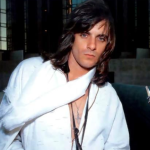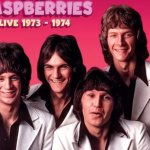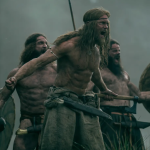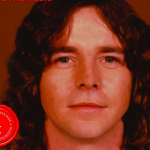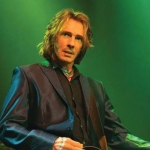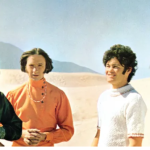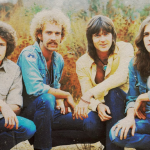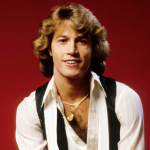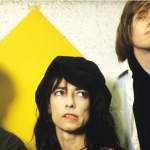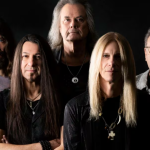“Runaway” – Del Shannon
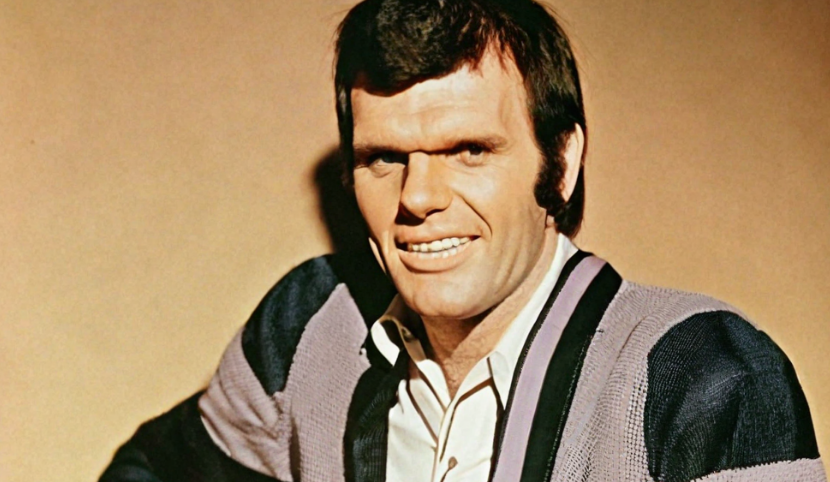
Released in 1961, “Runaway” by Del Shannon is one of the defining hits of the early 1960s rock and roll era. With its unique sound, haunting melody, and the iconic use of a Musitron solo, the song became an instant classic. Written by Del Shannon and Max Crook, “Runaway” expresses themes of heartbreak and loss, and its catchy, energetic rhythm helped cement Shannon’s place in rock history. The song not only reached No. 1 on the Billboard Hot 100 but also became a timeless anthem of youthful angst and love lost.
Musically, “Runaway” is instantly recognizable by its driving rhythm and haunting melody. The song’s opening guitar riff sets the tone for a story of romantic despair, while the iconic Musitron (an early synthesizer invented by Max Crook) solo in the instrumental break gives the track a futuristic sound that set it apart from other songs of its era. The Musitron’s high-pitched, eerie quality adds an otherworldly feel to the song, making it a pioneering use of electronic instrumentation in rock music.
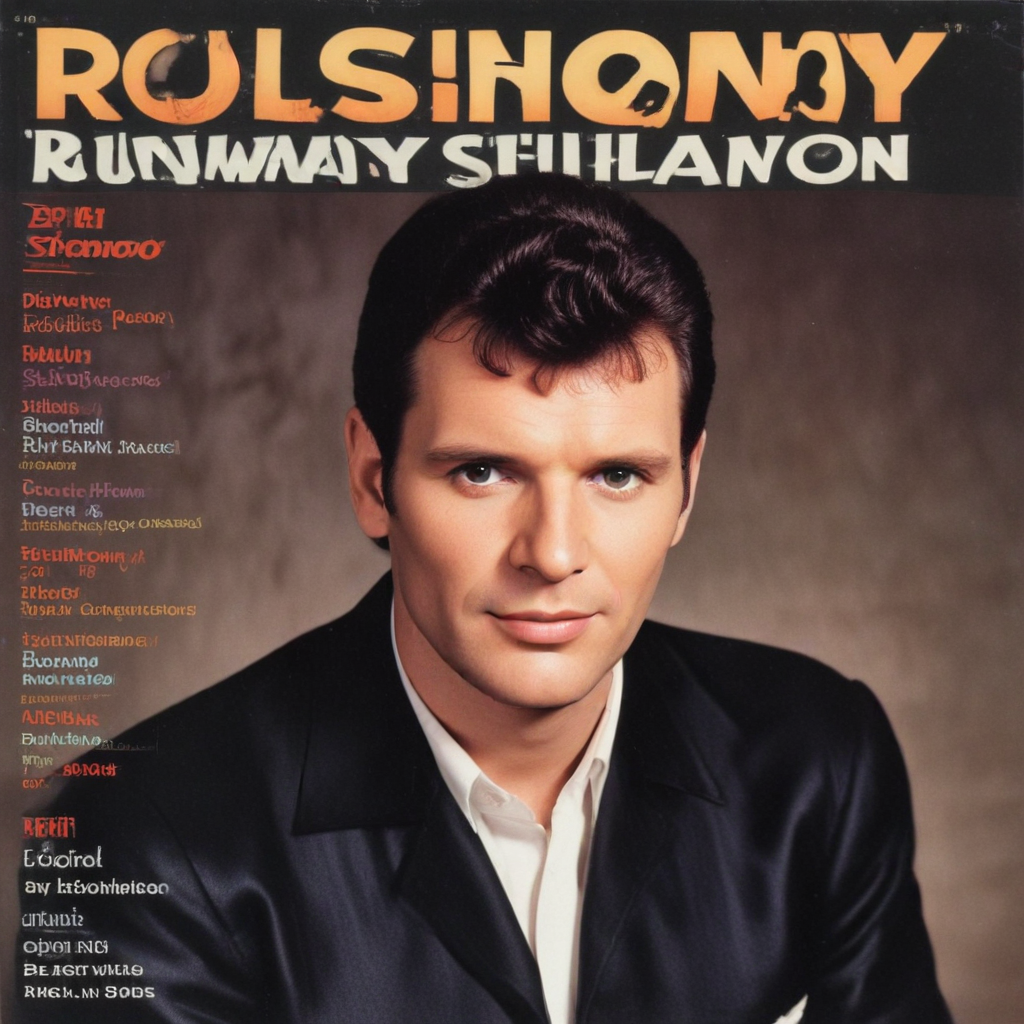
Del Shannon’s vocal performance is powerful and emotionally raw. His distinctive falsetto in the chorus, where he sings the famous line “And I wonder, I wah-wah-wah-wonder,” conveys a deep sense of anguish and confusion over the disappearance of a lover. Shannon’s voice moves effortlessly between his natural baritone and a sharp falsetto, which adds dramatic tension and intensity to the song. The combination of his impassioned vocals and the song’s upbeat tempo creates a contrast that heightens the emotional impact of the lyrics.
Lyrically, “Runaway” tells the story of a man who is heartbroken after his lover leaves him unexpectedly. The recurring question in the song, “Why, why, why, why, why, she ran away,” reflects his confusion and sorrow. Lines such as “I’m a-walkin’ in the rain, tears are fallin’ and I feel the pain” evoke feelings of isolation and emotional turmoil, capturing the universal experience of love lost and the pain of wondering why things went wrong. This emotional honesty resonated with listeners, making “Runaway” an anthem for anyone who has experienced heartache.
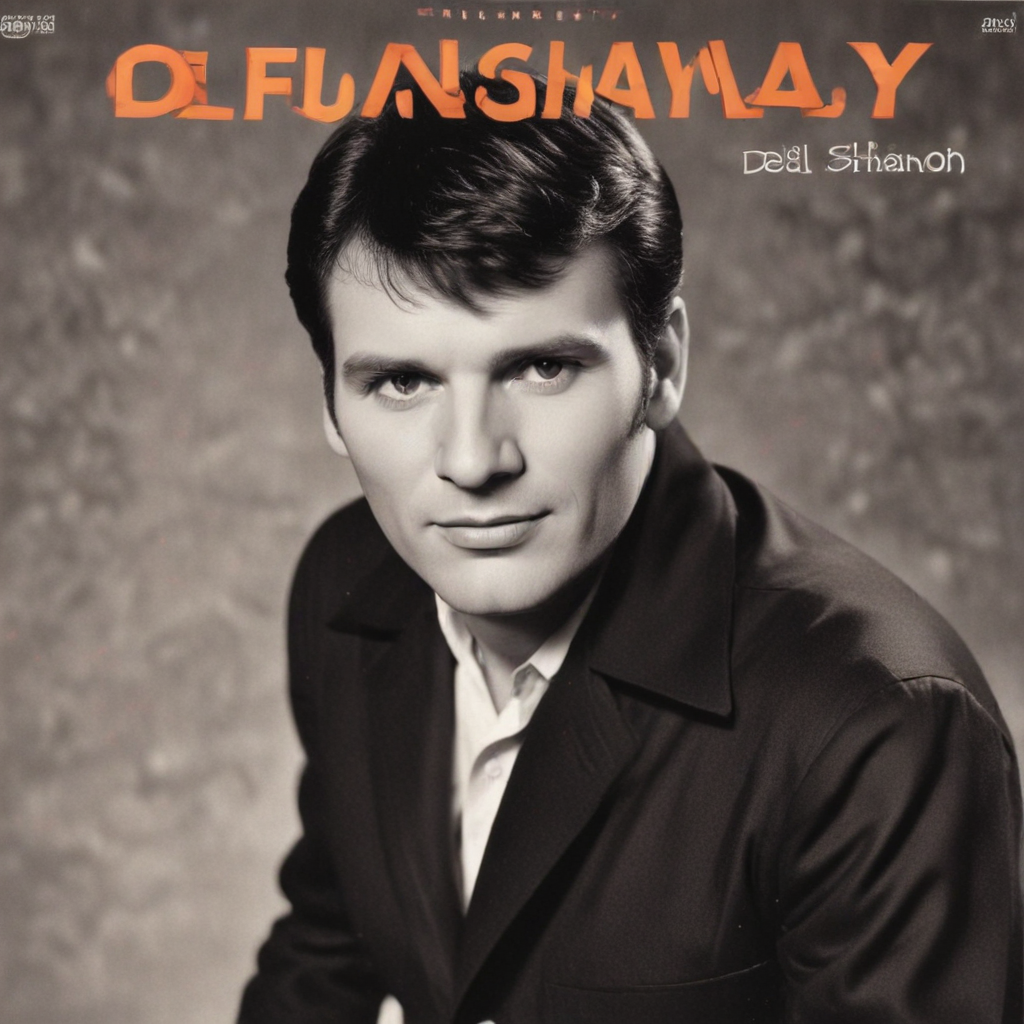
The song’s production is slick and innovative for its time, with Max Crook’s Musitron playing a key role in shaping its distinctive sound. The Musitron solo, one of the most memorable elements of the song, was groundbreaking in its use of technology in popular music, marking a departure from the more traditional rock and roll sounds of the 1950s. The use of this electronic instrument helped give “Runaway” a futuristic edge that made it stand out among the chart-topping hits of the early 1960s.
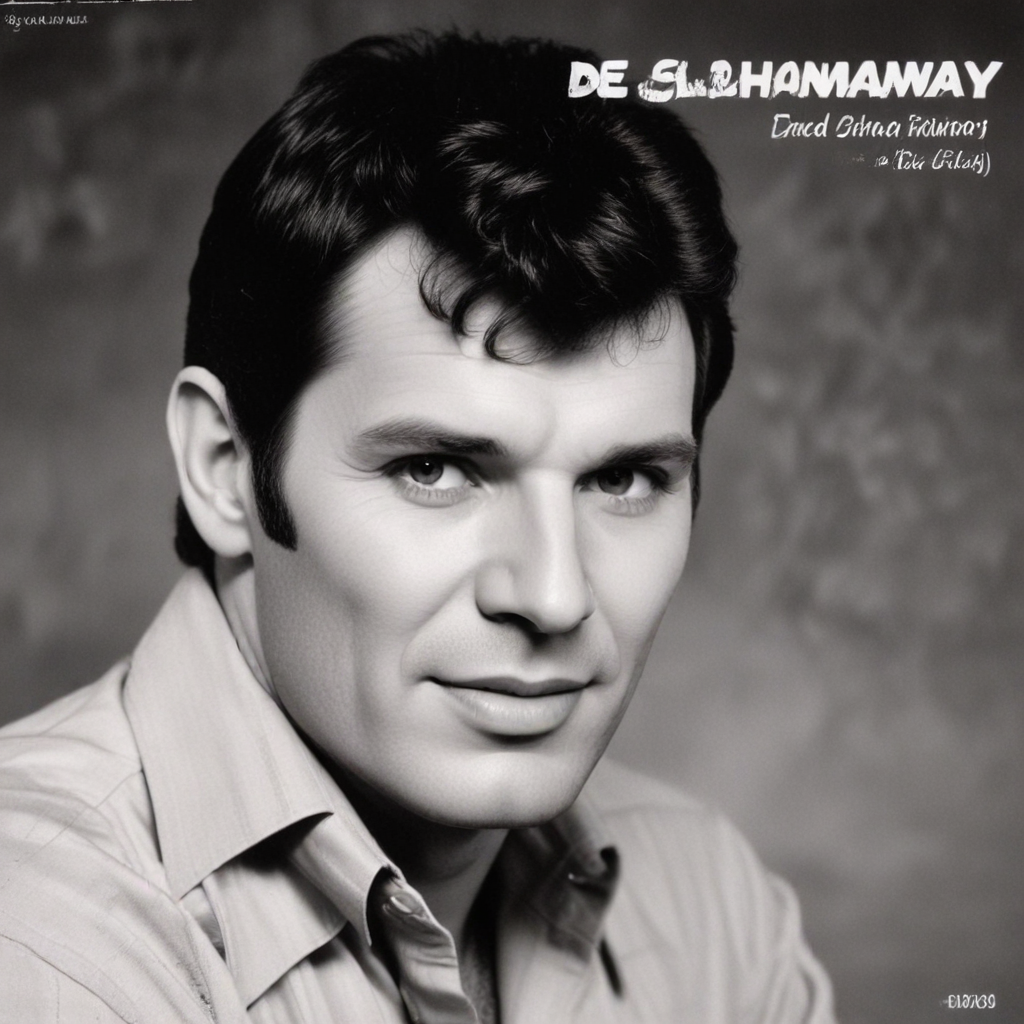
“Runaway” achieved massive commercial success, quickly climbing to No. 1 on the Billboard Hot 100 and becoming an international hit. Its success propelled Del Shannon to stardom and established him as one of the leading voices in rock and roll during the early 1960s. The song’s popularity led to its inclusion in numerous films, television shows, and cover versions by artists across genres, cementing its status as a rock and roll classic.
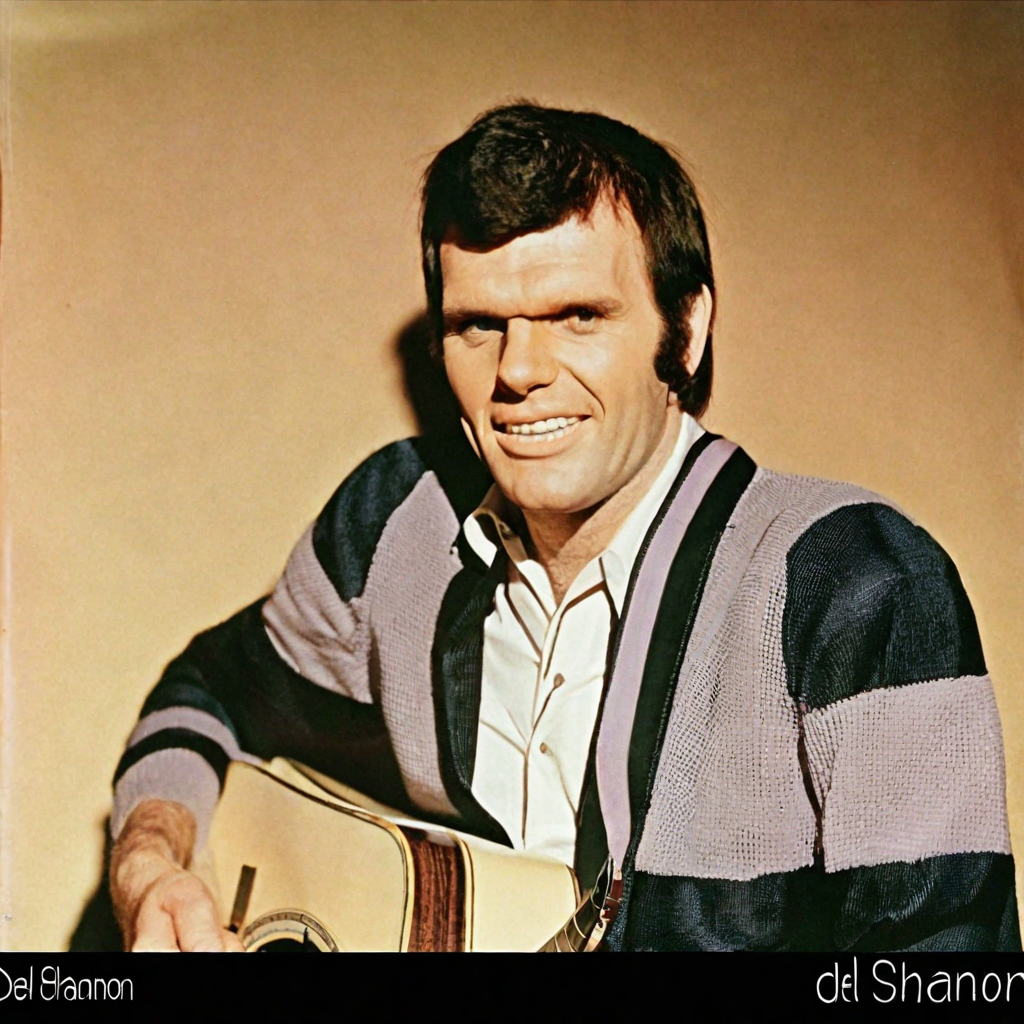
The song’s lasting appeal is a testament to its innovative sound and the emotional resonance of its lyrics. “Runaway” remains a staple of oldies radio and has been embraced by multiple generations of listeners, who continue to connect with its themes of love, loss, and longing. The song’s pioneering use of electronic instrumentation has also earned it a place in the history of rock music as one of the early examples of experimentation within the genre.

In conclusion, “Runaway” by Del Shannon is a timeless rock and roll classic that continues to captivate audiences more than 60 years after its release. With its infectious melody, innovative use of the Musitron, and emotionally charged lyrics, the song captures the pain of lost love in a way that feels both universal and deeply personal. Its commercial success and enduring legacy have solidified “Runaway” as one of the most iconic tracks of the early 1960s, ensuring Del Shannon’s place in rock history.
